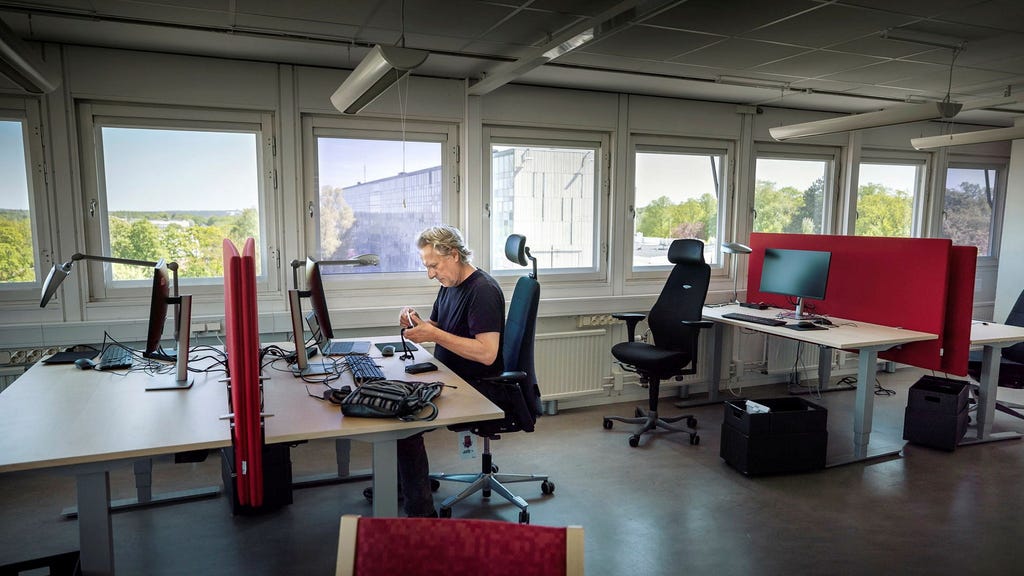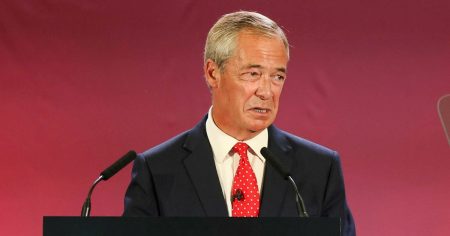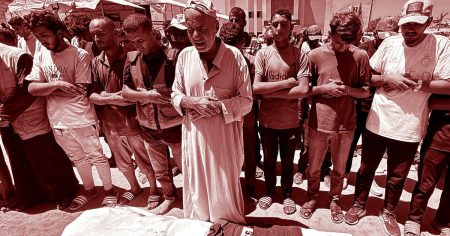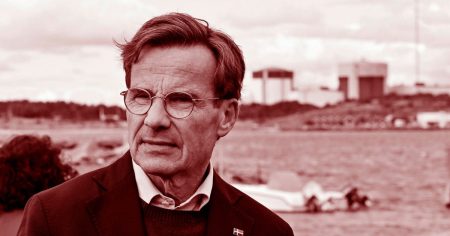The development of a Swedish cultural canon has encountered significant internal turmoil, marked by reports of excluded staff, resignations, and sick leave amongst the committee members. This internal discord adds another layer of complexity to an already controversial project, raising questions about the process and potential outcomes. The recent revelations of internal strife within the committee tasked with creating the canon suggest a deeper issue than simply personality clashes or disagreements on content. The exclusion of experts and the resulting stress and departures hint at a potentially dysfunctional working environment, jeopardizing the project’s credibility and future.
The project had already been navigating turbulent waters before the recent internal issues surfaced. Lars Trägårdh, the committee chairman, previously sparked controversy with remarks perceived as dismissive of national minorities. His comment about prioritizing ”bandy lovers” over the concerns of minority groups like the Tornedalians drew immediate criticism and accusations of bias. While the accusations of ”oppression” may have been excessive, they highlighted the sensitivities surrounding the project and the importance of inclusivity in its development. The chairman’s comments, regardless of intent, fueled existing concerns that the canon would not adequately represent the diverse tapestry of Swedish culture.
The selection of Trägårdh, described as a ”free soul,” to lead the committee appears to have been a calculated risk from the outset. While his intellectual prowess and independent thinking may have been seen as assets, his controversial nature made him a lightning rod for criticism. This predictably ignited the existing cultural war surrounding the canon, with opponents framing it as a nationalistic, politically motivated project designed to impose a singular view of Swedish culture. The political opposition seized on Trägårdh’s comments as evidence of a problematic approach, further polarizing the debate and raising concerns about the project’s objectivity. The choice of Trägårdh, while potentially intended to inject dynamism into the project, inadvertently exacerbated existing tensions and provided ammunition for critics.
Despite the controversies, the concept of a cultural canon itself isn’t inherently problematic. A well-constructed canon can serve as a valuable resource for both native Swedes and newcomers, providing a framework for understanding the country’s cultural heritage. It can offer insights into the art, literature, music, and historical events that have shaped Swedish identity. Rather than being a tool for oppression, a thoughtfully curated canon can be a powerful tool for education and cultural exchange, fostering a deeper appreciation for the complexities of Swedish society. The potential benefits of a cultural canon, such as fostering national pride and providing a common cultural ground, should not be dismissed outright because of the controversies surrounding its creation.
However, the current environment of political posturing and entrenched ideological positions threatens to derail the entire project. The controversy surrounding Trägårdh’s appointment and subsequent statements has transformed the project into a battleground in the ongoing culture war. The accusations of a hidden agenda and the rush to label the canon as a nationalist tool reflect a deeply divided society struggling to define its shared cultural identity. This politicization of the project risks undermining its potential value and reducing it to a symbol of ideological conflict. If the project is to succeed, a more constructive and less polarized approach is essential.
The current situation risks wasting a valuable opportunity to create a meaningful cultural resource. If the project collapses or a new government decides to scrap it for political reasons, it would be a loss for everyone. While a ”free soul” like Trägårdh might bring valuable perspectives, managing a complex project like this often requires the steady hand of experienced bureaucrats. Their expertise in navigating complex processes and ensuring balanced representation could have helped mitigate the controversies and ensured a more inclusive and representative outcome. A more balanced approach, combining intellectual freedom with bureaucratic expertise, might have been more effective in navigating the complexities of this project. Ultimately, the success of the cultural canon depends on moving beyond the current political impasse and focusing on creating a resource that truly reflects the richness and diversity of Swedish culture.














